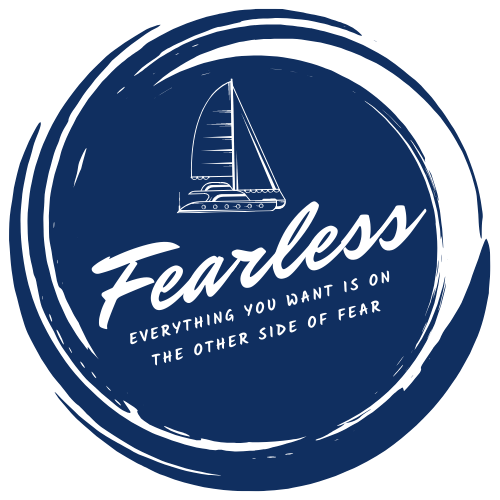

Coiba
As part of homeschool on the boat, Gavin wrote a short expository essay on our next destination, the island of Coiba.
Coiba is a tropical island fifty miles off the Pacific west coast of Panama. It is the largest island in Central America. From 1919 to 2004, Coiba was home to a prison that served as a secure, remote detention facility for the most dangerous Panamanian criminals and political dissidents. Because it was a penal colony, only prisoners and guards were allowed on the island, so nature was able to grow untouched. As a result, Coiba became one of the most pristene places on the planet, and its natural habitats flourished without destructive human influence. In 2005, after all the prisoners were transferred to different locations, the island was declared a “UNESCO World Heritage Site.”
The island prison, also known as Panama’s Devil’s Island, was one of the most feared prisons in all of Central America. The prison housed criminals that committed the highest crimes as well as politicians and dissedents who spoke out against any of the ruling dictators. Due to its remote island location and surrounding tides and currents, it was very secure. The prisoners were housed in 30 camps around the island. Any prisoners who tried to escape were at the mercy of the strong currents surrounding the island and numerous predators like sharks and crocodiles that lurked offhsore. Prisoners who died in captivity, or those who were executed, were thrown into the ocean, which accustomed these predators to the taste of human flesh. This made escape a terrifying course of action. Towards the end of its use, political prisoners were released when the last dictator in Panama, Manuel Noriega, was removed from office in 1989. In 2004, the prison on Coiba Island was permanently closed.
In 2004, the island was turned into a nature preserve and certified as a UNESCO world heritage site. Coiba is now a popular tourist destination because of its beauty and numerous examples of flora and fauna found nowhere else in Panama. The Mantled Howler Monkey is one mammal unique to the park and is highly endangered. The first time I heard a howler monkey, it reminded me of the mutts from “The Hunger Games.” It was very intimidating. Coiba is a tropical rainforest which allows mammals such as the Mantled Howler Monkey to survive. The park is very strict about motor boats passing over the reefs because they create a sound barrier which disturbs the reefs. One of the most famous migratory species that passes by Coiba is the whale shark. The whale shark migrates through Coiba from January to April. Another migratory species that passes through Coiba is the mobula ray, also known as the devil ray. It is a huge ray with an enormous wingspan of 12 feet which propels them up to 6 feet out of the water.
I have a unique opportunity to go to Coiba on my own sailboat. I am really excited because I have always wanted to see a whale shark. Now, I may get the opportunity to scuba dive with not only a whale shark but also a mobula ray. I am also looking forward to exploring the island and seeing the remains of the prison. Coiba has a very interesting history and an amazing ecosystem and I feel very lucky to have the opportunity to explore its natural treasures both underwater and on land.

